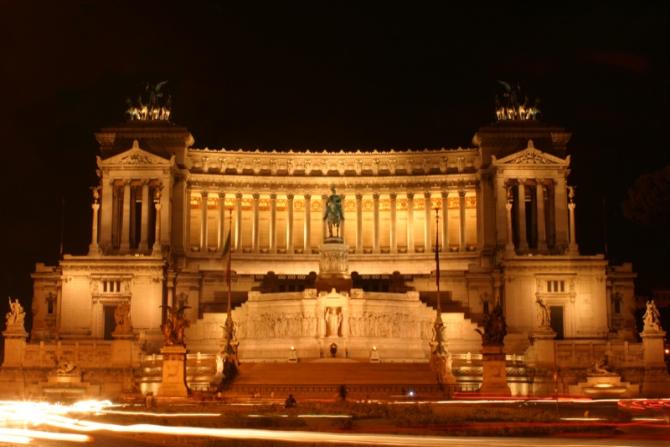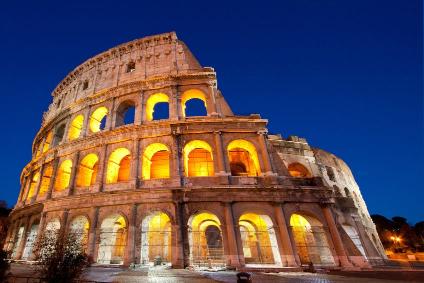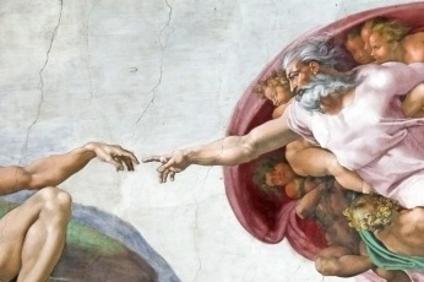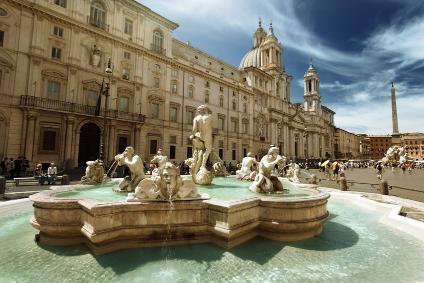Although this is not the most beautiful of Rome's squares it is the most central with several major routes converging here including Via Corso and Via dei Fori Imperiali. It is located at the foot of Capitoline Hill next to Trajan's Forum. Piazza Venezia is not a pedestrian square and the large square sees endless traffic, including most buses. The square is close to many tourist sites and most visitors will find themselves crossing this square at some point in their trip to Rome.
Several important buildings line the square including the Palazzo Venezia, commissioned by the Cardinal Venezia. The square takes its name from the palace. The palace was completed in 1464 and belonged to Pope Paul II, it continued to be the residence of successive popes until Pope Pius IV. After that it became the Venice Embassy (Serenissima) and later was acquired by Mussolini's government. The dictator would give speeches from the palace balcony. Today it houses the Museo del Palazzo Venezia.
Other buildings on the square are the Assicurazioni Generali building (1911); the Monument of victor Emanuel II (Il Vittoriano); Palazzo Bonaparte, the former home of Napoleon Bonaparte's mother; Palazzo delle Aste and San Marco Church (1336). During digging to construct part of the Rome metro line in 2009 the ancient remains of Hadrian's Athenaeum were discovered directly beneath the middle of Piazza Venezia.












